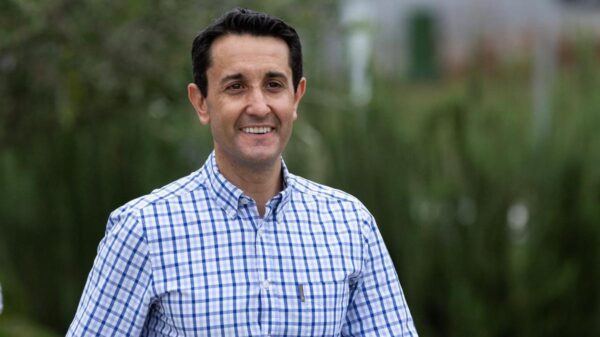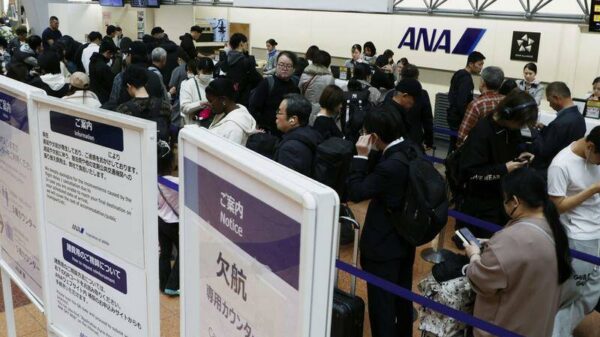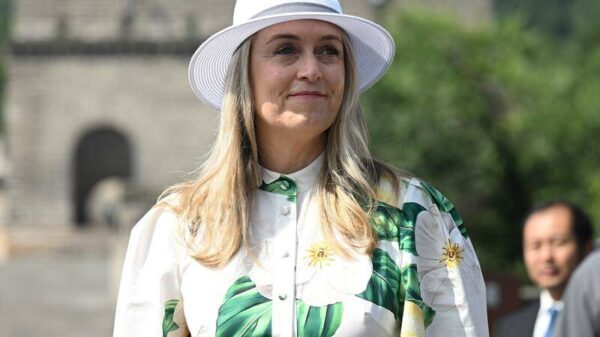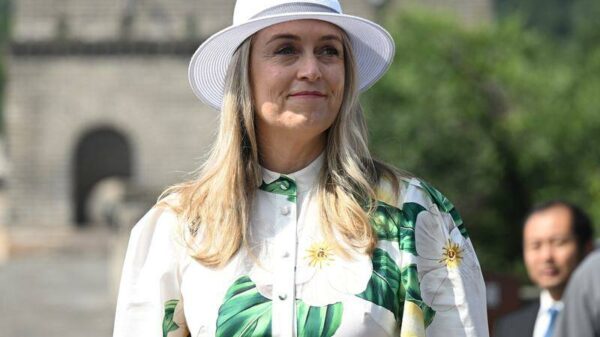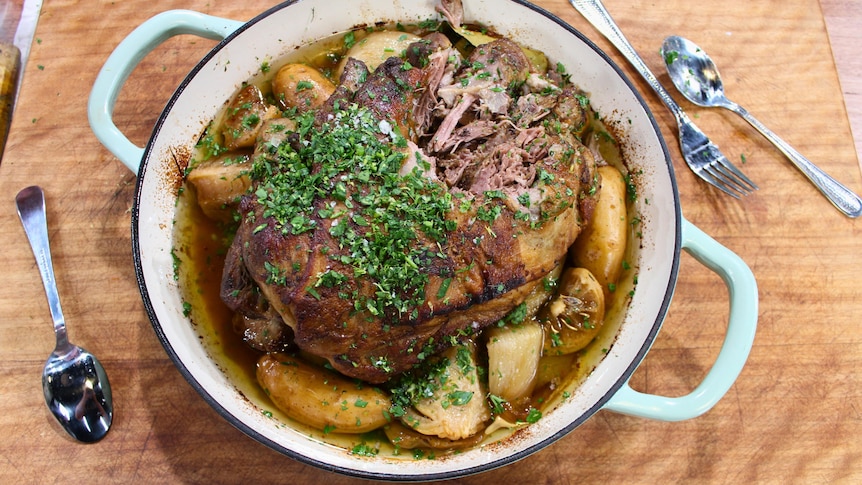The price of lamb has surged dramatically in Australia, with a leg of lamb now selling for approximately $13 per kilogram at major supermarkets such as Coles and Woolworths. This marks a significant increase from early January 2024, where prices were considerably lower. The surge in costs is attributed to a severe drought that has affected southern Australia, resulting in a diminished supply of lamb.
As prices continue to escalate, many families are turning to more affordable meat options like chicken and pork. According to agricultural market analyst Matt Dalgleish, lamb prices have increased by about 32 percent at saleyards across the country over the past year. This trend has been reflected in retail prices, leading consumers to seek alternatives for their meals.
Rising Prices Affect Family Meals
The impact of these rising prices is evident in households across Australia. Rachael Yeo, a mother from Smeaton and community cook, noted that her family has reduced their lamb consumption. “It’s too expensive and chicken is a lot cheaper,” she said. “We can buy good quality free-range chicken for a really good price, so we opt for that now.”
Retailers are feeling the pressure as well. Butcher Justin Cashman from Colac highlighted the challenge of maintaining sales amid rising prices. “I simply know we’re not making enough out of lamb,” he stated. Facing a retail price of $15.90 per kilogram for leg of lamb, he acknowledged that many families find this price difficult to manage. Cashman reported an increase in poultry sales of around 30 percent in recent weeks, indicating a shift in consumer preferences.
Market Trends and Consumer Choices
The high demand for alternative meats is also impacting the hospitality industry. Cashman observed that restaurants are adjusting their menus to include less expensive options in order to attract customers. “Our customers in the restaurant trade are putting cheaper things on the menu to try and entice people in the door,” he explained.
Sales of red meat, particularly lamb, have declined at Ritchies IGA stores. Chief Executive Fred Harrison mentioned that consumers are increasingly viewing red meat as an expensive choice. “People might be buying more beef mince, which is a cheaper cut of product,” he noted. Harrison indicated that while lamb roasts still represent good value, more premium cuts have become financially burdensome for families.
Supermarkets benefit from larger supply chains, which allow them to keep prices more stable compared to independent butchers. This dynamic presents challenges for local businesses, as larger retailers can offset losses in one category with gains in another. Dalgleish pointed out that the sales strategies employed by supermarkets can disadvantage smaller butchers.
Looking ahead, analysts predict that lamb prices will remain elevated until Australia’s sheep flock recovers from the ongoing drought. If dry conditions persist for another six to nine months, the quality of lamb may also be affected, although current reductions are reported to be minimal.
Both Coles and Woolworths continue to report strong demand for lamb, with some customers opting for premium cuts while others seek value. “We’re always looking for opportunities to deliver value on top-quality Australian lamb,” stated a spokesperson for Woolworths. Prices for lamb chops can reach $19 per kilogram, or $16 during promotional periods.
As the market adjusts to these changes, families across Australia are re-evaluating their meat choices, navigating the balance between quality and affordability in their daily meals.



